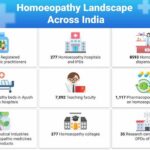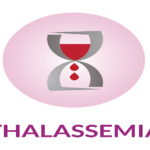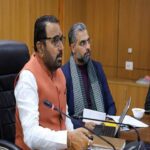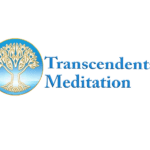New Delhi, July 26, 2017: As per the Publication titled “Health in India – NSS 71st Round” (January-June 2014) brought out by the National Sample Survey Organisation (NSSO), the average total medical and other related non-medical expenditure per hospitalisation in rural and urban areas are Rs.16,956/- and Rs.26,455/- respectively and average total medical expenditure for non-hospitalized treatment per ailing person in rural and urban areas are Rs.509/- and Rs.639/- respectively. While as per the estimates published in “Morbidity and Healthcare and the condition of the aged” (60th Round January-June, 2004) the average medical expenditure incurred per hospitalised case in rural and urban areas were Rs.5,695/- and Rs.8,851/- respectively and the Average medical expenditure for non-hospitalised treatment per ailing person in rural and urban areas were Rs. 257/- and Rs.306/- respectively.
As per the National Health Accounts estimates for India, 2013-14, the out of pocket expenditure is 64.2% of total health expenditure.
Public health and hospitals being a State subject, the primary responsibility of providing accessible, affordable and quality healthcare lies with respective State Governments.
Under National Health Mission to reduce out of pocket expenditure on healthcare, support is being provided to States/UTs for strengthening of their healthcare system based on the requirements posed by them in their Programme Implementation Plans.
In order to provide affordable health care services to the people of the country, especially the poor, the Government of India has taken several steps which inter-alia includes:
- Implementation of National Health Mission Free Drugs and Free Diagnostic initiative to provide essential drugs and diagnostics free of cost in public health facilities.
- Implementation of Janani Shishu Suraksha Karyakaram (JSSK), Rashtriya Bal SwasthyaKaryakaram (RBSK), RashtriyaKishorSwasthyaKaryakaram (RKSK) and implementation of other Nationalprogrammeslike Revised National Tuberculosis Control Programme (RNTCP), National Vector Borne Disease Control Programme (NVBDCP), National Leprosy Eradication Programme(NLEP), National AIDS Control Programme (NACP) etc. where free treatment is provided to patients of Tuberculosis(TB), HIV/AIDS, Vector Borne, Leprosy diseases etc.
- Decision to transform Sub-Health Centres/PHCsto Health and Wellness Centres to provide comprehensive primary care, to undertake promotive and health promotion activities.
- Screening and Management of 5 common NCDs of hypertension, diabetes, and cancers of oral, cervix and breast.
- Pradhan Mantri National Dialysis Programme for free dialysis services to the poor in district hospitals.
- Making available tertiary health care services in the public sector through strengthening of hospitals, establishment of AIIMS institutions in the States and up-gradation of existing Government medical colleges across the country.
- Making available quality generic medicines at affordable prices to all, under ‘Jan Aushadhi Scheme’, in collaboration with the State Governments.
- RashtriyaSwasthyaBimaYojana (RSBY) which provides for smart card based cashless health insurance on family floater basis.
The National Health Policy, 2017 provides for increasing public expenditure on health to 2.5% of GDP in a time bound manner by 2025.
The Minister of State (Health and Family Welfare), Smt Anupriya Patel stated this in a written reply in the Rajya Sabha here today.







